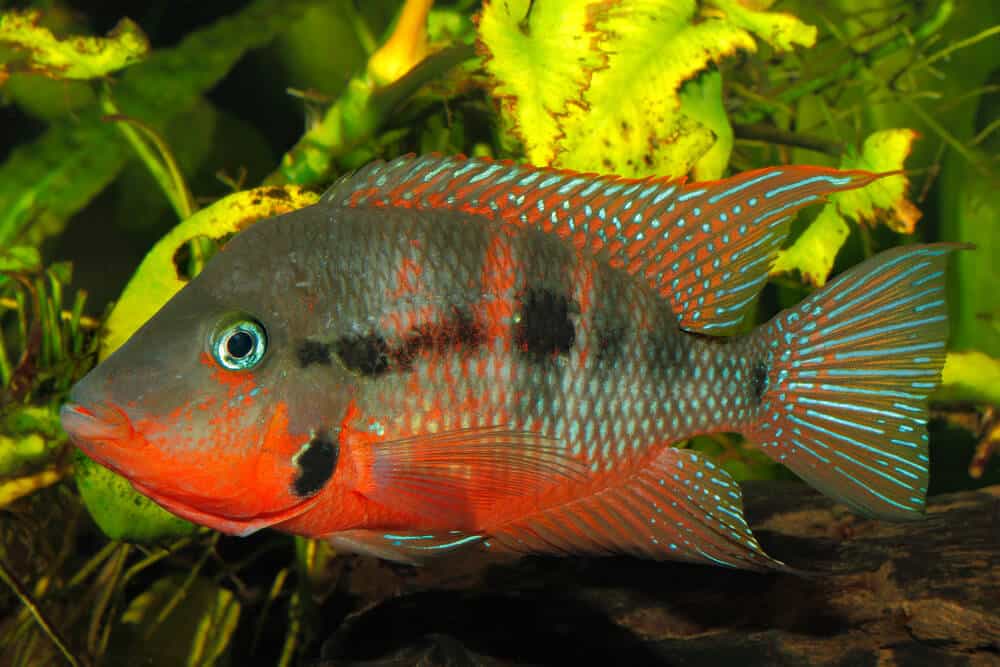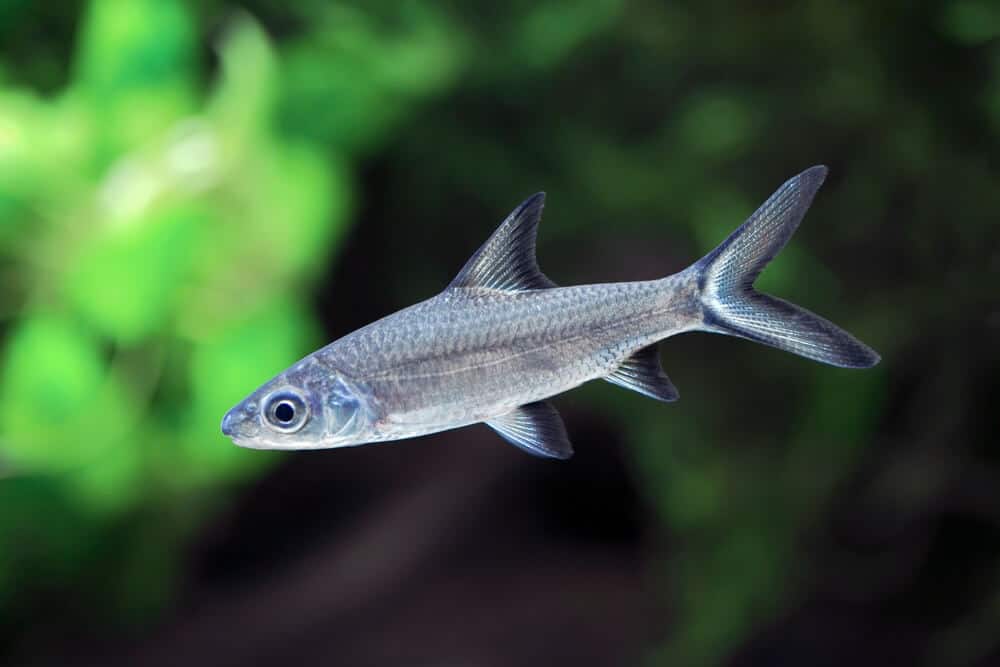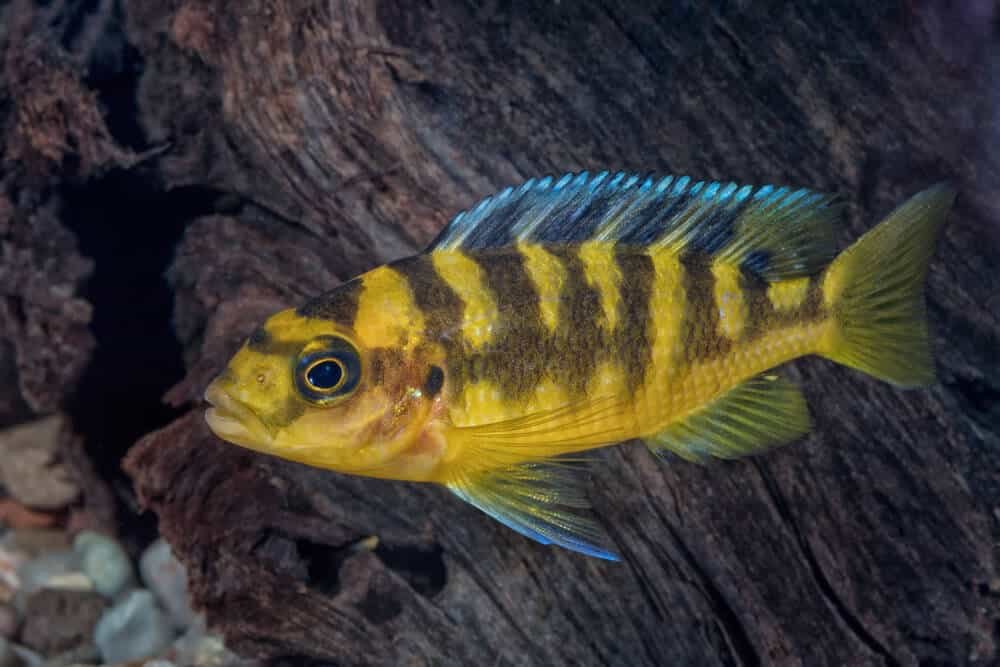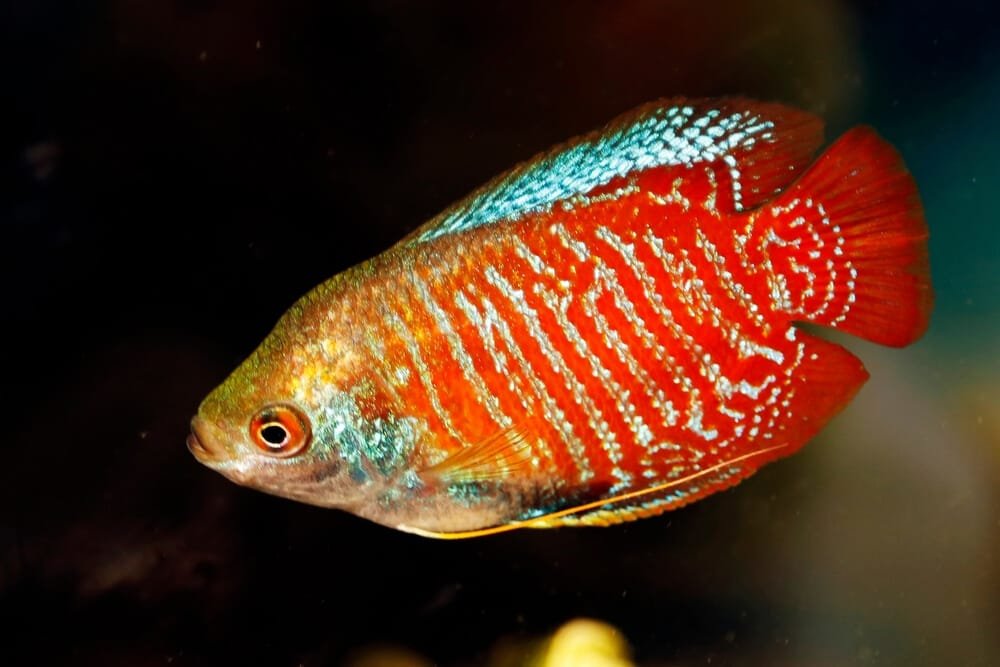Scarlet Badis: Care Tips for a Colorful Aquarium Addition
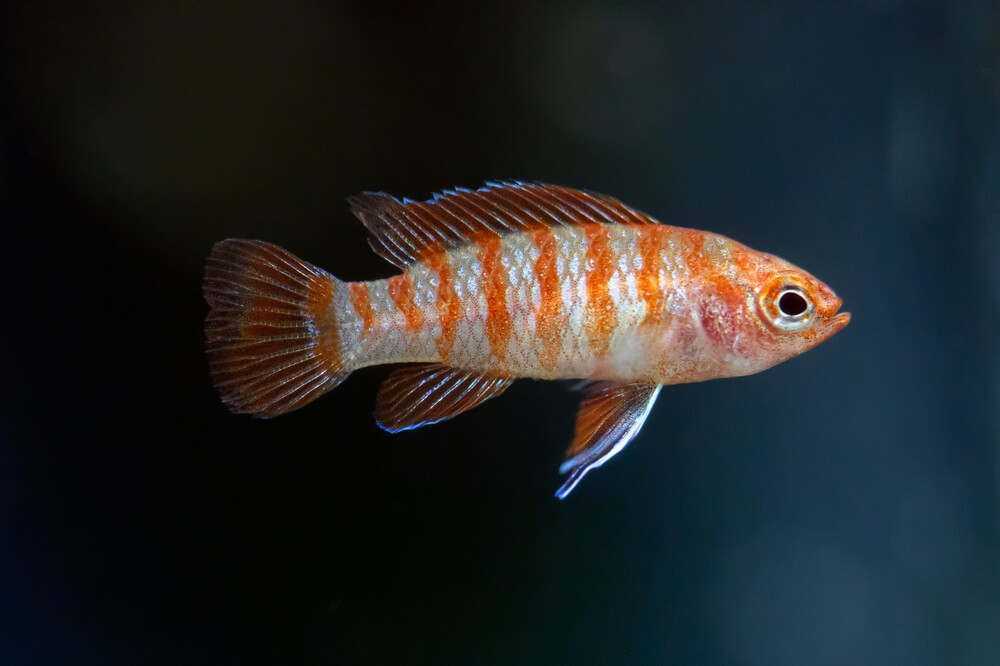
Imagine discovering a colorful and captivating creature that will bring life and vibrancy to your aquarium. Look no further than the Scarlet Badis, a small freshwater fish with stunning hues of red and blue. With its elegant appearance and peaceful nature, the Scarlet Badis is sure to be a delightful addition to any aquarium enthusiast’s collection.
Description
Physical Characteristics
The Scarlet Badis, scientifically known as Badis ruber, is a small and colorful freshwater fish that is highly sought after by aquarium hobbyists. It has an elongated body shape, typically reaching a maximum length of around 1.5 inches (4 centimeters). The most striking feature of the Scarlet Badis is its vibrant coloration, with a deep red or scarlet body and contrasting black markings. The fins may also have hints of blue or orange, which further adds to its visual appeal.
Habitat
Scarlet Badis are native to the slow-moving freshwater streams and shallow swamps of northeastern India and Bangladesh. They occupy densely vegetated areas, usually among submerged tree roots or aquatic plants. These areas provide them with ample hiding spots and shelter from predatory fish.
Behavior
Despite their small size, Scarlet Badis are known for their territorial behavior. Males, in particular, can display aggression towards one another, especially during breeding or when establishing dominance. However, they are generally peaceful towards other fish species and can coexist with suitable tank mates. Scarlet Badis are also known for their slow and deliberate swimming style, often hovering near the bottom of the tank or among vegetation.
Origins and Distribution
Natural Habitat
As mentioned earlier, Scarlet Badis are native to northeastern India and Bangladesh. They can be found in the Brahmaputra River basin and its tributaries. The specific distribution of Scarlet Badis within this region is relatively limited, as they are endemic to certain areas. Due to their restricted range, habitat degradation and water pollution pose potential threats to their wild populations.
Introduction in the Hobby
The Scarlet Badis gained popularity in the aquarium hobby due to its stunning coloration and unique behavior. It was first introduced to the hobby in the late 19th century, primarily through imports from its native range. Over time, breeding programs have been successful in producing captive-bred Scarlet Badis, making them more readily available to hobbyists worldwide.
Ideal Tank Setup
Tank Size
Given their small size, Scarlet Badis can comfortably thrive in smaller tanks. A tank with a minimum capacity of 10 gallons (38 liters) is suitable for a small group of Scarlet Badis. However, providing them with more space in a larger tank, such as a 20-gallon (76 liters) or 30-gallon (114 liters) setup, allows for better water parameters and increased swimming area.
Water Parameters
Scarlet Badis prefer slightly acidic to neutral water conditions. Ideally, the pH level should range from 6.0 to 7.5, with a temperature range of 72-78°F (22-26°C). It is crucial to maintain stable water parameters, as Scarlet Badis are sensitive to fluctuations in water quality. High-quality filtration, regular water changes, and monitoring ammonia and nitrate levels are essential for their well-being.
Aquascape
Creating a suitable aquascape for Scarlet Badis involves replicating their natural habitat. Provide plenty of hiding places using driftwood, rocks, and densely planted areas. Additionally, including leaf litter and dried Indian almond leaves can help create a natural environment and provide tannins that are beneficial for Scarlet Badis’ health. A sandy or fine gravel substrate is preferable to mimic their native riverbeds.
Tank Mates
When selecting tank mates for Scarlet Badis, it is crucial to choose peaceful and non-aggressive species that can tolerate the same water conditions. Small and peaceful community fish, such as small Rasboras, Tetras, or Dwarf Corydoras, are suitable choices. Avoid aggressive or fin-nipping fish, as Scarlet Badis can be easily targeted due to their small size.
Feeding
Natural Diet
In their natural habitat, Scarlet Badis primarily feed on small invertebrates, including insects, insect larvae, and tiny crustaceans. They are skilled hunters and will explore the substrate and vegetation for food sources. Scarlet Badis diet can be supplemented with small live or frozen foods to replicate their natural diet.
Captive Diet
In captivity, Scarlet Badis readily accept commercially available dried or frozen foods. High-quality micro-pellets or small granules specifically formulated for small fish or invertebrates can be offered. To ensure a balanced diet, occasional feedings of live or frozen foods like Artemia nauplii, daphnia, and mosquito larvae are recommended. It is essential not to overfeed, as Scarlet Badis have small stomachs and can be susceptible to obesity or bloating.
Breeding
Breeding Setup
Scarlet Badis breeding requires specific conditions and careful preparation. A separate breeding tank is typically used to provide optimal parameters and to monitor the breeding process closely. The breeding tank should have similar water parameters to the main tank and be equipped with fine-leaved plants like Java moss or spawning mops to provide ample hiding spots for the eggs and fry.
Spawning Process
To initiate breeding, a conditioned male and female Scarlet Badis are introduced to the breeding tank. The male will establish his territory and court the female through elaborate displays and fin flaring. Once courtship is successful, the female will lay a cluster of eggs among the vegetation, which the male then fertilizes. It is essential to remove the adult fish after spawning to prevent them from eating the eggs.
Raising Fry
The eggs typically hatch within one to two days, and the fry are small and delicate. Initially, the fry will survive by consuming their yolk sacs, but after a few days, they will require small, live foods like baby brine shrimp or micro worms. Frequent water changes and diligent monitoring of water quality are crucial to provide the best conditions for the fry’s growth. As they mature, the fry can be transitioned to powdered or crushed dry foods.
Common Diseases
Parasites
Scarlet Badis, like any fish species, can be susceptible to parasitic infections. Common parasites that may affect Scarlet Badis include Ichthyophthirius multifiliis (Ich), flukes, and internal parasites. Regular observation and quarantine procedures for new fish additions can help prevent the introduction of parasites. If the fish show signs of parasitic infection, appropriate treatment, such as medication or salt baths, should be administered under the guidance of a veterinarian or experienced fish keeper.
Fungal Infections
Fungal infections can occur as a secondary infection to physical injuries or from poor water quality. Symptoms of fungal infections include cotton-like growth on the fish’s body or fins. Maintaining excellent water quality and preventing injuries are crucial for preventing fungal infections. If needed, antifungal medications or salt baths can be used to treat affected individuals.
Bacterial Infections
Bacterial infections can manifest as fin rot, ulcers, or other visible signs of tissue damage. These infections are often a result of poor water quality or injuries. Maintaining optimal water parameters and preventing physical injuries through careful handling and tank maintenance are crucial for preventing bacterial infections. Treatment may involve antibiotic medications or specialized treatments depending on the specific bacterial strain.
Availability and Conservation
Commercial Availability
Scarlet Badis are relatively popular in the aquarium hobby and can be found in many fish stores or obtained from reputable breeders. Due to their small size and compatibility with smaller tanks, Scarlet Badis have become a favorite choice for nano or planted aquarium enthusiasts. It is always recommended to purchase Scarlet Badis from reliable sources to ensure their health and avoid supporting unethical practices.
Conservation Status
Currently, Scarlet Badis is not listed on the International Union for Conservation of Nature (IUCN) Red List. However, their limited native range and potential threats, such as habitat degradation and water pollution, highlight the importance of responsible aquarium keeping and conservation efforts to protect their wild populations.
Fun Facts
Unique Features
The Scarlet Badis is known for its unique behavior of “perching” on submerged leaves or other surfaces, which is quite unusual for a fish. This behavior, combined with their vibrant coloration, makes them a captivating addition to any aquarium.
Color Variations
While the base color of the Scarlet Badis is predominantly red, variations in coloration can occur. Some individuals may have additional color patterns, such as metallic blue or orange accents on their fins. These variations add to the overall appeal and uniqueness of the Scarlet Badis.
Conclusion
The Scarlet Badis is a small but visually striking freshwater fish that brings both beauty and intrigue to aquariums. With their vibrant red coloration and unique behaviors, they have become a popular choice for aquarium enthusiasts. By providing suitable tank setups, replicating their natural habitat, and offering a balanced diet, Scarlet Badis can thrive and thrive in captivity. Responsible aquarium keeping and conservation efforts are crucial to protect their wild populations and ensure their availability for generations to come.
